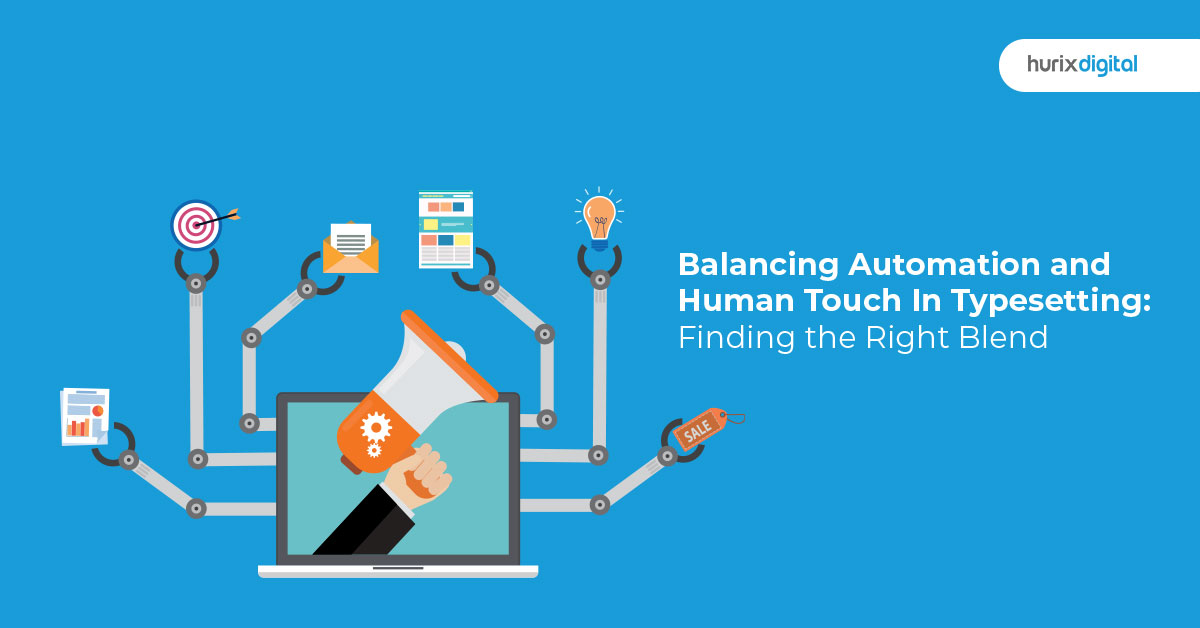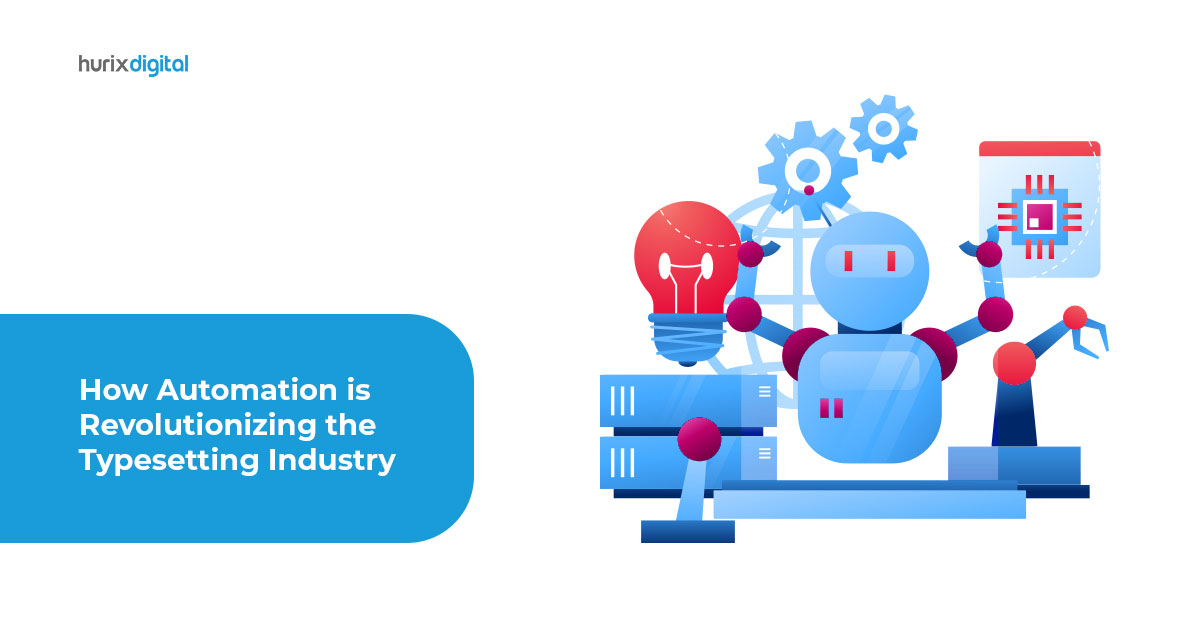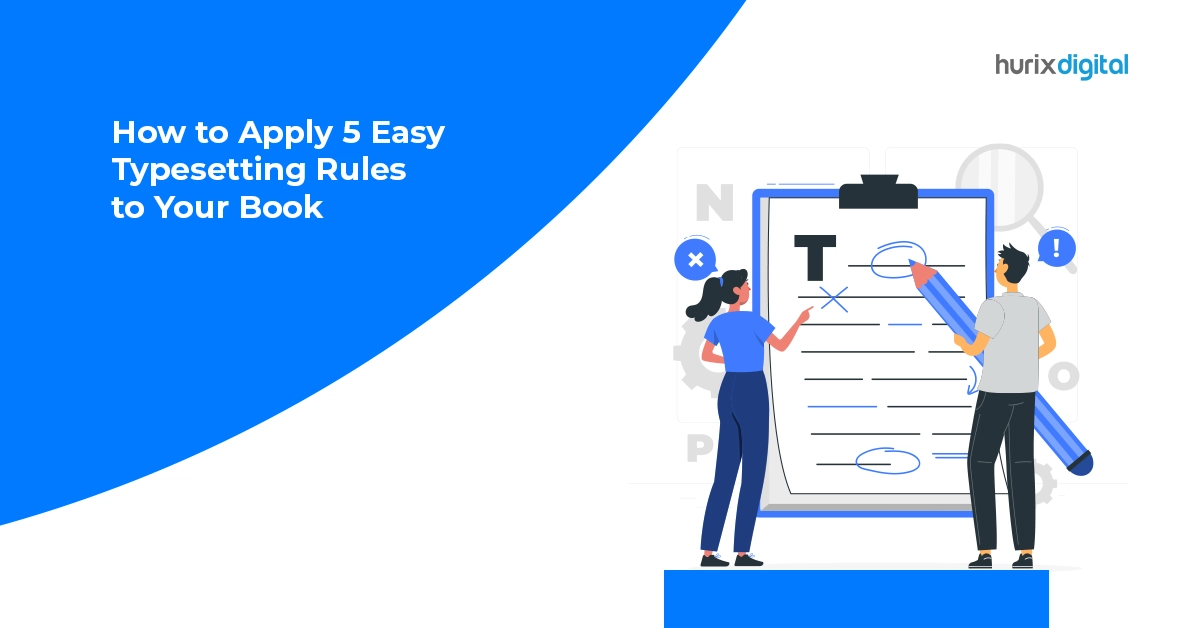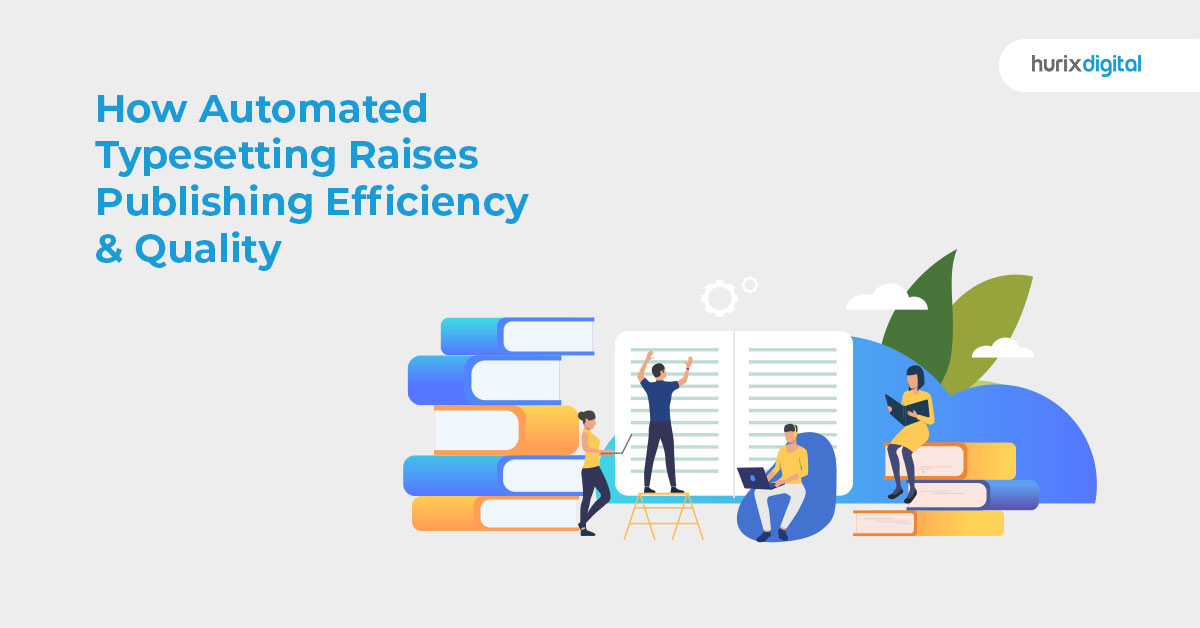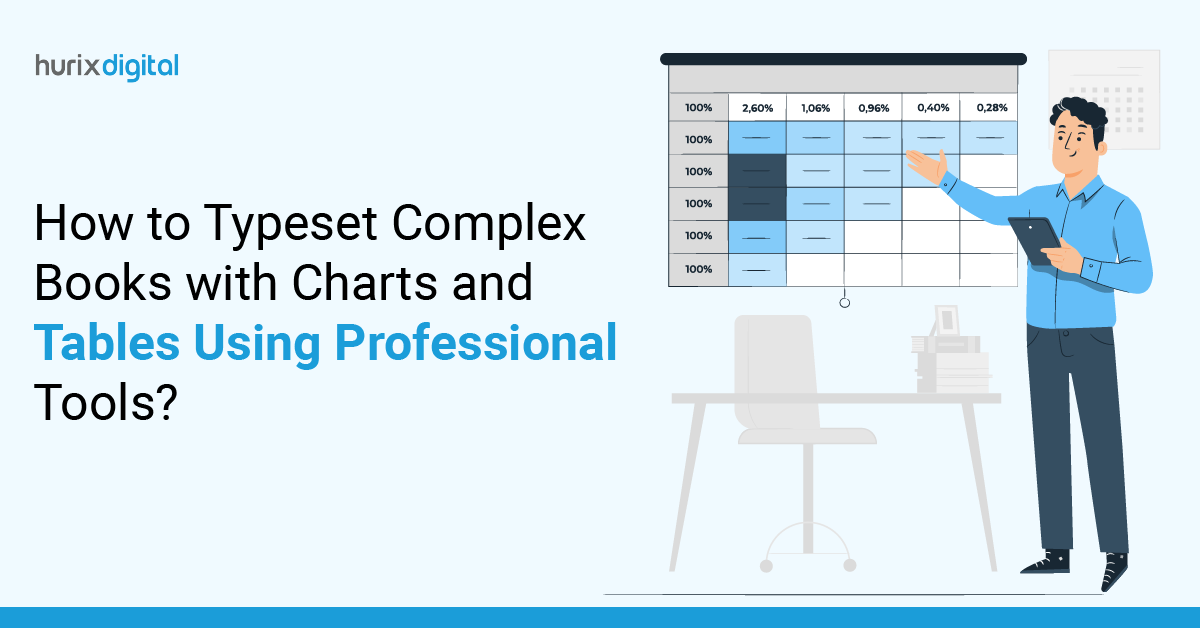
How to Typeset Complex Books with Charts and Tables Using Professional Tools?
Summary
This blog covers modern book typesetting techniques, focusing on AI tools for complex layouts, with DIY and outsourcing tips, and emphasizes proper formatting for charts, tables, and intricate elements.
Typesetting plays a vital role in book publishing, particularly when dealing with complex elements like charts, tables, and intricate layouts. In 2025, the field of typesetting has evolved far beyond traditional methods.
Today, automated AI-powered tools are revolutionizing book formatting, delivering faster, more accurate, and visually stunning results.
Whether you’re looking to take advantage of these advanced tools or prefer to outsource the task to skilled typesetting companies, this guide will show you how to create a professional typeset book that meets the highest standards of quality and design. Read on!
Table of Contents:
- Typesetting Books: A Brief
- How to Typeset a Book with Charts and Tables Using Professional Tools
- How to Typeset a Book When Outsourcing to Typesetting Companies
- How to Select the Best Typesetting Companies
- Automated Typesetting Trends in 2025
- To Wrap Up
Typesetting Books: A Brief
Typesetting is a core element that helps publishers deliver products with precision and creativity to meet the needs of both print and digital media.
Book typesetting refers to preparing text, images, charts, and other graphical items on a page to present them in a well-structured and readable form.
For books that are elaborate, such as textbooks, technical manuals, and business reports, typesetting is significant as it includes:
- Charts and tables, along with proper alignment, spacing, and scaling for easy readability.
- Equations and symbols ensure mathematical or scientific content is presented accurately.
- Multiple Sections and References handling footnotes, cross-references, and indices.
- The visual hierarchy balances text with images and keeps the reader engaged.
How to Typeset a Book with Charts and Tables Using Professional Tools
Make sure you consider highly developed AI-powered typesetting tools and special knowledge for book typesetting.
Here is a step-by-step guide to follow:
Step 1: Understand the Content Structure
Study the manuscript in detail and analyze all complicated elements such as charts, tables, figures, footnotes, equations, and references. Mark the places that need to be specially formatted, and prioritize content into main text or secondary content like tables/notes. Here are some tips:
- Create a visual plan that improves readability and flow.
- Define headings, subheadings, and body text formats.
- Determine where to locate charts and tables so that they do not disrupt the text flow.
- Select fonts, font sizes, and line spacing appropriate for the book genre.
Bonus Tip: Use serif text fonts for the body of a data-intensive book and clear sans-serif fonts for charts/tables.
Step 2: Select Suitable AI in Typesetting Tools
Pick the right software to achieve precision and efficiency. There are several types of AI-powered typesetting tools suited to the needs of typesetting:
- An industry-standard tool for typesetting and interior page layout.
- A multi-format output such as print PDFs and eBooks.
- Tools suited for technical, scientific, or mathematical content.
- AI-powered tools for automated typesetting and eBook and print layout, mainly for non-technical books.
Step 3: Styling Charts and Tables
Positioning and styling the charts and tables is fundamental to maintaining a clear vision and understanding of such visuals. Here are some best practices:
- Insert charts and tables in high resolution, either as vector or PDF, EPS, and SVG.
- Ensure it does not pixelate easily and can be read, especially in fine detail.
- Align tables and charts with margins to achieve a clean, professional appearance.
- Make use of page grids or alignment guides to prevent overwriting with surrounding text.
- Align borders of tables, cell padding, and font sizes.
- Position captions consistently above or below charts/tables, depending on the chosen style guide.
Step 4: Create Styles and Templates
Professional outcomes demand consistency across pages. For proper typesetting and interior page layout, consider the following:
- Create master pages for margins, page numbers, headers, and footers.
- Establish rules for consistent column widths and page breaks.
- Use baseline grids and column guides to align elements.
Step 5: Proofread and Review Layout
After the content is typeset, a very thorough check is done for accuracy:
- Look for issues related to alignment, spacing inconsistency, and formatting errors.
- Check for font inconsistencies, images’ low resolution, and text that overfills a given area.
- Incorporate the feedback of authors and editors before finalizing the layout.
Step 6: Print and Digital Export
The final step is to ensure that all the layouts are exported in several formats:
- For print, export as PDF/X-1a or in any print-ready format that ensures high-quality output.
- Export eBooks as ePUB or MOBI with reflowable text for compatibility with eReaders.
- Verify the exported files work consistently across all devices and platforms.
Also Read: How to Apply 5 Easy Typesetting Rules to Your Book!
How to Typeset a Book When Outsourcing to Typesetting Companies
Many publishing houses hire out typesetting companies for faster production and quality results.
This is how the offsite process works:
Step 1: Offsite Company Typesetting
The typesetting group reviews the manuscript and the needs of the client. Depending on the book’s complexity, the team will use AI-powered typesetting tools to create styles and templates for consistency.
Step 2: Proofreading and Revisions
The typeset draft is shared with the publisher for review. Required changes are made to ensure the final output is in complete alignment with client expectations.
Step 3: Final Delivery
The final typeset book was delivered in all formats requested. The best typesetting companies offer post-delivery support, which allows for last-minute changes, immediate updates, and possible troubleshooting.
How to Select the Best Typesetting Companies
Features to consider in selecting the right professional typesetting company are:
- Experience and Expertise: Choose companies with proven records of typesetting complex books. Verify quality by reviewing client portfolios and testimonies.
- Advanced Tool and Technology: They must use the highest-ranking AI-powered typesetting tools, which work with high-level typesetting precision.
- Complexity for Specific Elements: They should efficiently handle typesetting and interior page layout, including charts, tables, math equations, and similar sophisticated elements.
- Rapid Turnaround: A fast turnaround facility without making quality compromises must be considered.
- Customized Service: Choose a company that customizes its services according to book complexity or publisher needs.
- Low-Cost: Last, ensure that the pricing is transparent and competitive for the services offered.
Automated Typesetting Trends in 2025
Here are some of the main trends:
- AI-Driven Layout Optimization: AI tools analyze content and generate page layouts automatically, thus saving precious time and effort.
- Automated Error Detection: AI in typesetting tools detects inconsistency in formatting and misalignments in real-time.
- Content Adaptation for Multiformat Publishing: AI tools automatically format for print, digital, and mobile publication without the need for manual adjustments.
- Cloud-Based Platform Integration: The best book typesetting platform offers real-time, collaborative typesetting, in which groups can work in real-time.
- Sustainable Publishing Options: Automated typesetting technology minimizes the use of paper and conserves energy as part of eco-friendly publishing trends.
Also Read: How Automated Typesetting Raises Publishing Efficiency & Quality?
To Wrap Up
One key reason to learn how to typeset a book professionally is to make complex books accessible, comprehensible, and engaging for readers and learners worldwide. Book typesetting using the latest AI-powered technologies can make your work a masterpiece.
At Hurix Digital, we provide advanced typesetting solutions, particularly for intricate book layouts. With our expertise and innovative technology, we can help elevate your content to the highest standards. Feel free to explore how our services can help bring your project to life with seamless, professional finishes.

Vice President – Digital Content Transformation. He is PMP, CSM, and CPACC certified and has 20+ years of experience in Project Management, Delivery Management, and managing the Offshore Development Centre (ODC).
